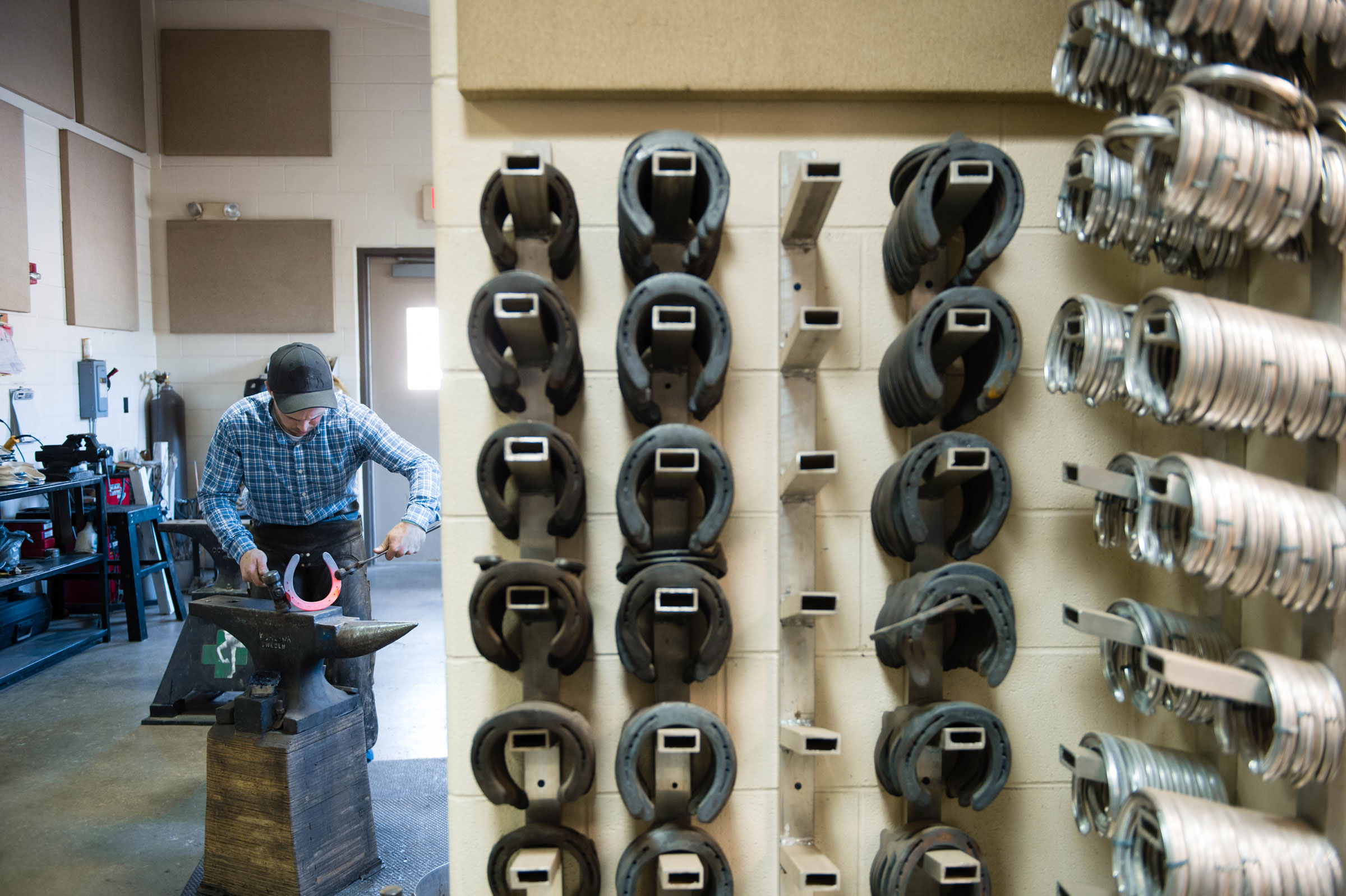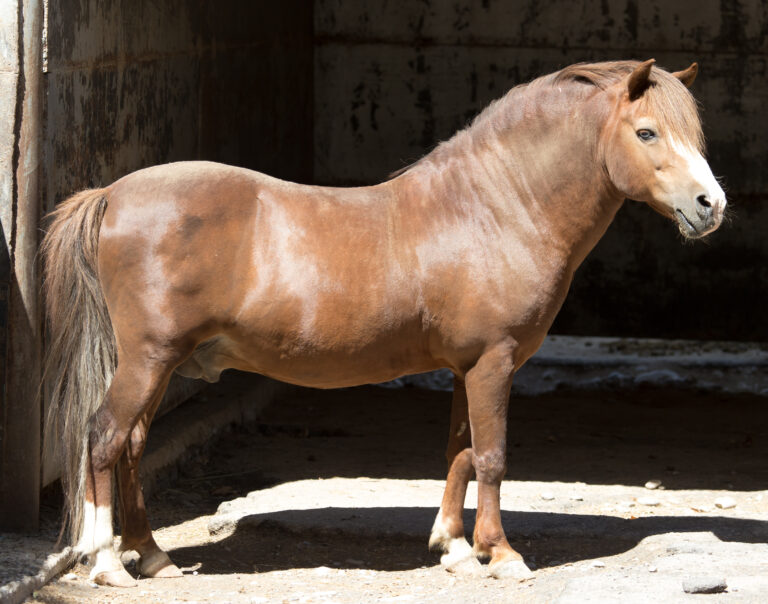
Farrier work and specific shoeing recommendations are used regularly by equine veterinarians to manage musculoskeletal issues. A Polish prospective study evaluated how two different types of shoeing protocols might affect blood circulation within the hooves [Mieszkowska, M.; Adamiak, Z.; Holak, P.; et al. The Effect of Horse Shoeing with Egg Bar Shoes and Shoes with Wedge Pads on the Results of Thermal Imaging of the Equine Distal Limb. Animals 2021, vol. 11, 1479 https://doi.org/10.3390/ani11061479].
The research team used thermography below the fetlock joints to measure distal limb temperatures on 16 Warmblood horses before and one month after shoeing. Horses in the study had been diagnosed with navicular bone structural changes as well as deep digital flexor tendon (DDFT) injury corroborated with MRI. They were divided into two groups: a) Those with navicular pathology were shod with egg-bar shoes; b) those with DDFT pathology were shod with wedge pads. Both devices are commonly used to manage these conditions. The authors note that “thermal images of the skin surface reflect the metabolic status of the tissues and blood flow in a given area.”
The conditions under which thermography was performed included stable environmental temperatures and the horses did not engage in physical activity 12 hours prior to the examination. Waiting a month post shoeing for the comparative thermographic study eliminated artifact from hoof manipulation and nailing during shoeing and also allowed time for hoof horn to regrow a bit and adapt.
The authors explained that egg-bar shoes shift body weight more to the rear of the foot to the navicular apparatus and increase surface are of the sole. It is possible that the shoes might compress laminar vessels with potential adverse effects on nutrition of soft tissues in the distal limb. Wedge pads result in a more flexed position of the coffin joint due to steepening hoof position. This has the potential to increase pressure of the coffin bone on the circumflex artery in dorsal laminar tissue while reducing load on the DDFT, which subsequently lessens heat generation within the hoof.
The results should be “interpreted with a certain degree of caution” for the indirect assessment of localized metabolic status based on thermography:
- Egg-bar shoes resulted in a decrease in the median minimum temperature in the palmar aspect of the hoof. This might result in increased perfusion in dorsal laminar tissues.
- Wedge pads resulted in decreased median minimum temperature in the palmar and dorsal aspects of the hoof.
The authors concluded: “Horse shoes may have a negative impact on the blood circulation and metabolism within the distal part of the limb; however, our study found this only to a minor extent.”
It is important to measure distal limb temperature under very controlled environmental conditions. The authors also noted that different types of shoes might result in different conclusions about their shoeing effects on hoof temperature.

![[Aggregator] Downloaded image for imported item #18216](https://s3.amazonaws.com/wp-s3-equimanagement.com/wp-content/uploads/2025/09/30141837/EDCC-Unbranded-8-scaled-1-768x512.jpeg)
![[Aggregator] Downloaded image for imported item #18711](https://s3.amazonaws.com/wp-s3-equimanagement.com/wp-content/uploads/2025/10/20105749/EDCC-Unbranded-14-scaled-1-768x512.jpeg)

